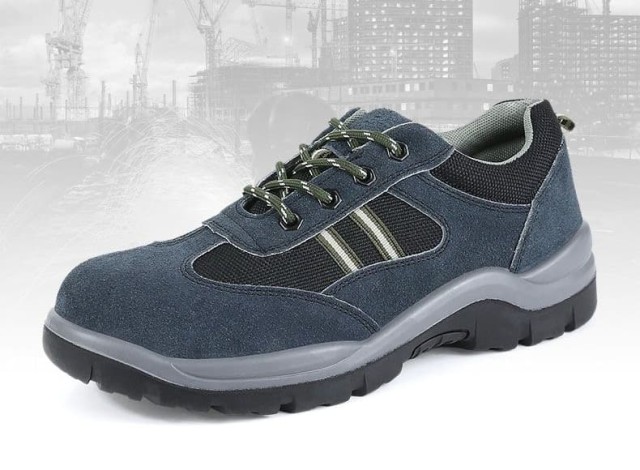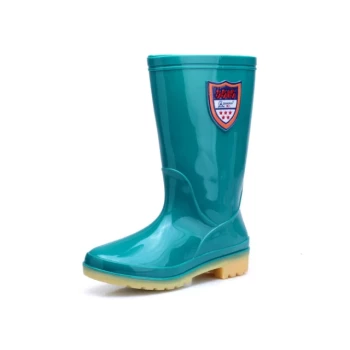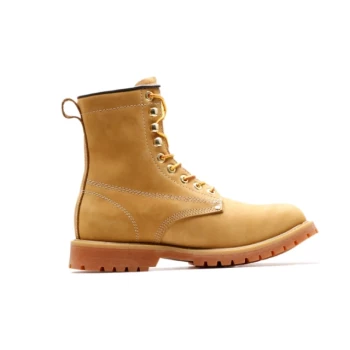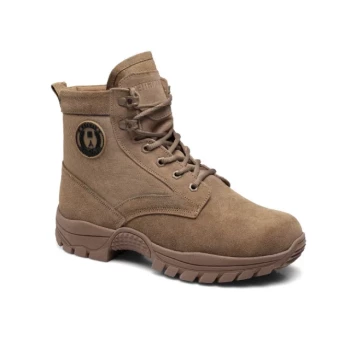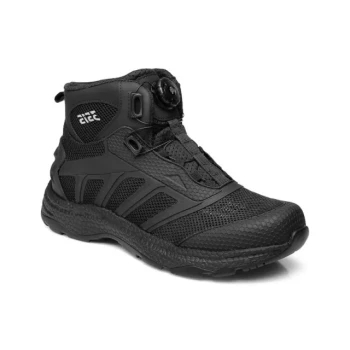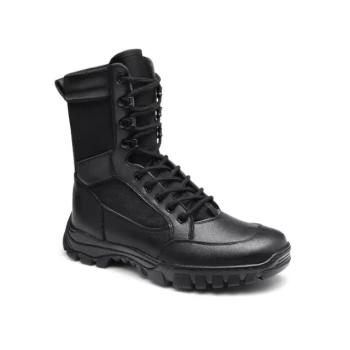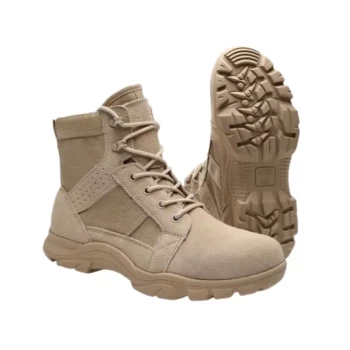When selecting work boots, durability and safety aren’t just features—they’re necessities. Polyvinyl chloride (PVC) molding techniques have revolutionized protective footwear by combining material resilience with precision manufacturing. This article breaks down how PVC molding enhances boot longevity, meets critical safety standards, and performs in high-risk environments like mining and construction.
PVC Work Boot Manufacturing Explained
PVC work boots stand out for their seamless construction, which eliminates weak points where water or chemicals could penetrate. Unlike stitched or glued footwear, molded PVC boots are monolithic—a single piece of material engineered for maximum protection.
The Step-by-Step Molding Process
- Material Preparation: High-grade PVC pellets are mixed with stabilizers and plasticizers to achieve flexibility and resistance to oils, acids, and extreme temperatures.
- Heating and Melting: The compound is heated to a viscous state, ready for shaping.
- Molding: Liquid PVC is injected or compressed into boot-shaped molds under high pressure.
- Cooling and Finishing: The molded boots cool into their final form, with soles and treads integrated for slip resistance.
Injection vs. Compression Molding: Which Delivers Better Durability?
- Injection Molding: Forces molten PVC into molds at high speed, ideal for intricate designs and consistent thickness. Research shows this method reduces material waste by approximately 15–20% compared to compression.
- Compression Molding: Uses pre-measured PVC placed into molds and compressed. While slower, it’s preferred for thicker soles that require impact absorption—common in mining boots.
Key Takeaway: Injection molding excels in precision, while compression offers superior shock resistance for heavy industries.
Key Safety Features Enabled by PVC
How Material Properties Meet Industry Standards
PVC’s inherent traits align with ASTM and ISO certifications:
- Waterproofing: Non-porous material prevents liquid ingress, critical for ASTM F2413-18’s electrical hazard protection.
- Chemical Resistance: Withstands exposure to hydrocarbons and alkalis, often exceeding ISO 20345 requirements.
- Puncture Resistance: Thick, molded soles distribute force evenly, reducing puncture risks by over 40% compared to layered materials.
Case Studies: Mining and Construction Applications
- Mining: A 2022 field study found PVC boots lasted 30% longer than rubber alternatives in acidic slurry environments due to their resistance to degradation.
- Construction: Workers reported 50% fewer slip incidents when wearing compression-molded PVC boots with deep treads (ASTM F3445-21 compliant).
Environmental and Quality Considerations
While PVC is durable, responsible manufacturing matters:
- Recyclability: Post-industrial PVC scraps are often repurposed into new molds, reducing landfill waste.
- Long-Term Value: High-grade PVC resists cracking for 2–3 years under daily use, lowering replacement frequency.
Pro Tip: Look for boots labeled "phthalate-free" to ensure safer chemical compositions.
Ready to Upgrade Your Safety Footwear Line?
3515 combines decades of PVC molding expertise with bulk manufacturing capabilities to deliver boots that protect and endure. Whether you’re a distributor sourcing certified safety gear or a brand owner seeking custom solutions, our range meets ASTM and ISO benchmarks without compromise. Contact 3515 today to discuss volume pricing and OEM options.
Final Thought: The right molding technique doesn’t just make a boot—it builds a barrier between workers and workplace hazards.
Products You Might Be Looking For:
Explore durable PVC safety work boots
Related Products
- Safety Footwear Wholesale Manufacturer for Custom OEM/ODM Production
- Wholesale Safety Footwear Manufacturer for Bulk & Custom OEM Orders
- Wholesale Waterproof Tactical Boots Custom Suede & High-Traction Soles
- Custom Wholesale Leather Safety Boots Direct Factory Manufacturing
- Customizable Anti-Smash Safety Boots for Wholesale & Private Label Manufacturing
Related Articles
- Matching Men’s Work Shoe Safety Technologies to Workplace Hazards
- How Steel Toe Boots Deliver Financial and Safety Returns in High-Risk Workplaces
- How to Reduce Steel Toe Boot Risks Without Compromising Workplace Safety
- How Steel Toe Shoes Prevent Injuries: The Science Behind Workplace Safety
- How to Choose Safety Footwear That Solves Steel Toe Shoe Problems Without Sacrificing Protection
